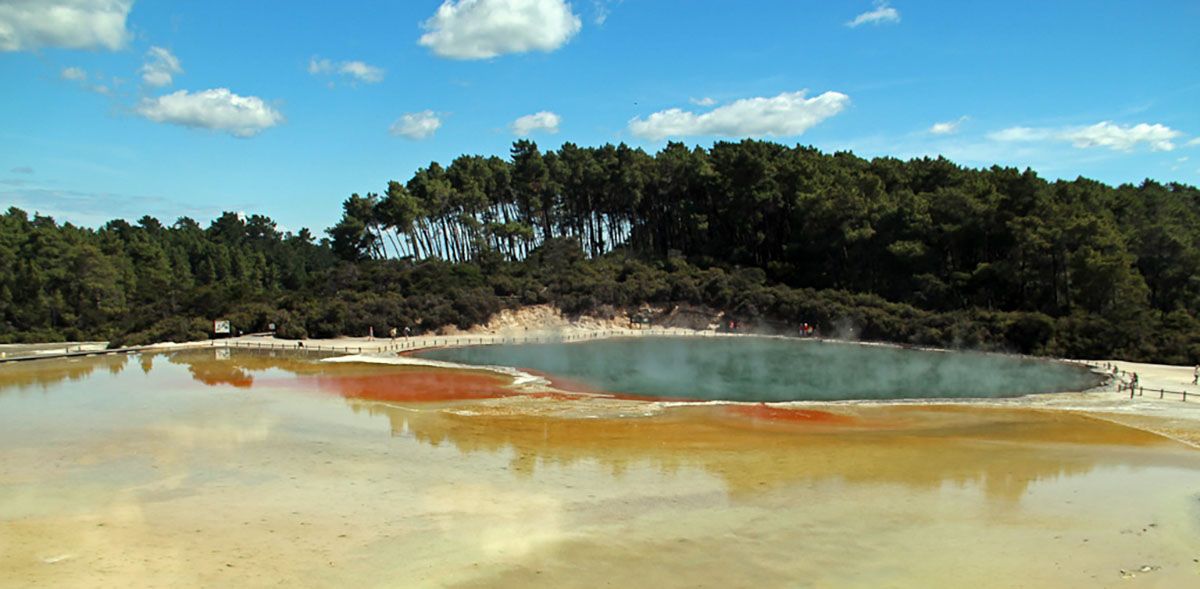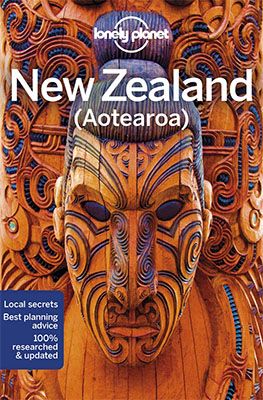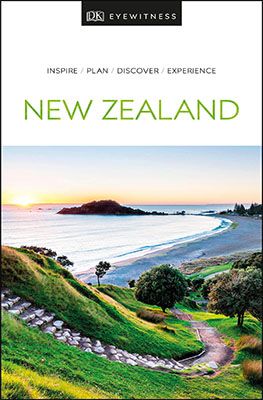Versatile Rotorua
A visit to the Rotorua area is a must for us on your trip round the North Island of New Zealand. Rotorua is a city of over 55,000 inhabitants, located in an area with a lot of geothermal activity of volcanic origin. But besides hot springs and geysers, the area also offers many opportunities to get acquainted with the fascinating culture of the Maori.
Rotorua means ‘second lake’. This name was given to the lake by the Maori because this was the second lake that was discovered by Ihenga, considered by many as the ancestor of the Maori. In the middle of the lake is a small island called Mokoia. It has been inhabited by various tribes for centuries. You can explore the lake by boat.
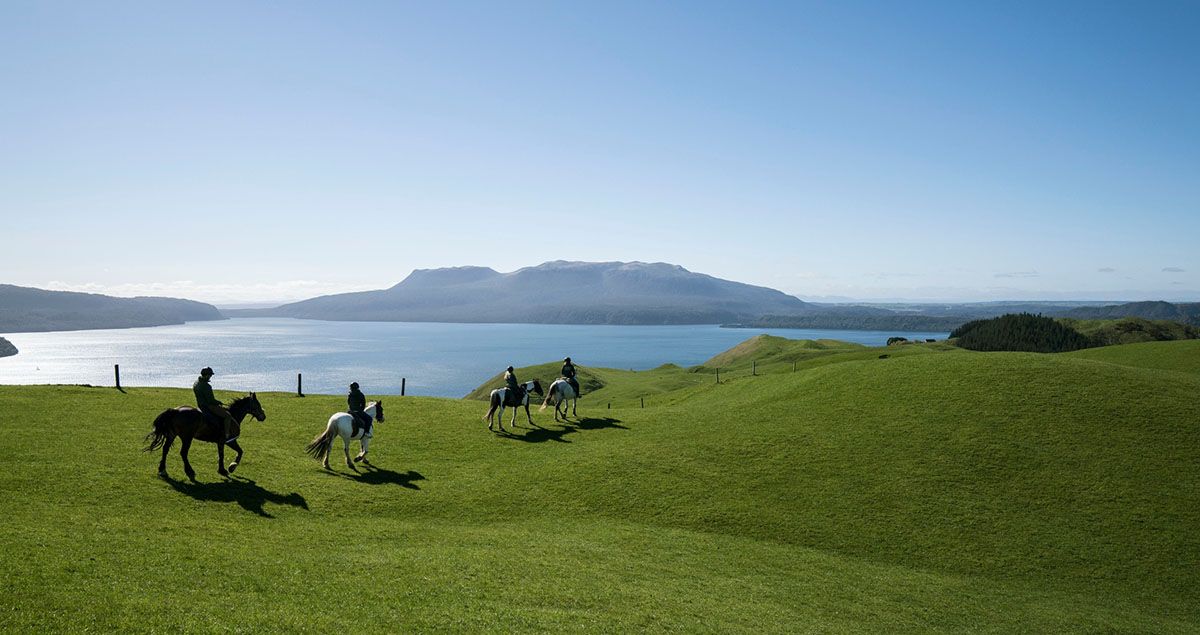
This ‘second lake’ is not the only lake at Rotorua. Water sports enthusiasts can also indulge themselves at the beautiful lakes Rotoiti, Tarawera, Okareka, Rotomahana, Rotokakahi, and so on. Apart from the lakes, there are also rivers and (warm!) waterfalls for rafting, as well as numerous hot springs.
The sporty and adventurous among us are served at their beck and call in the Redwoord woods, only 20 minutes by bike. The forests offer some of the best mountain bike tracks in the whole country! In addition, you can do great ziplining (canopy or treetop swing). More information.
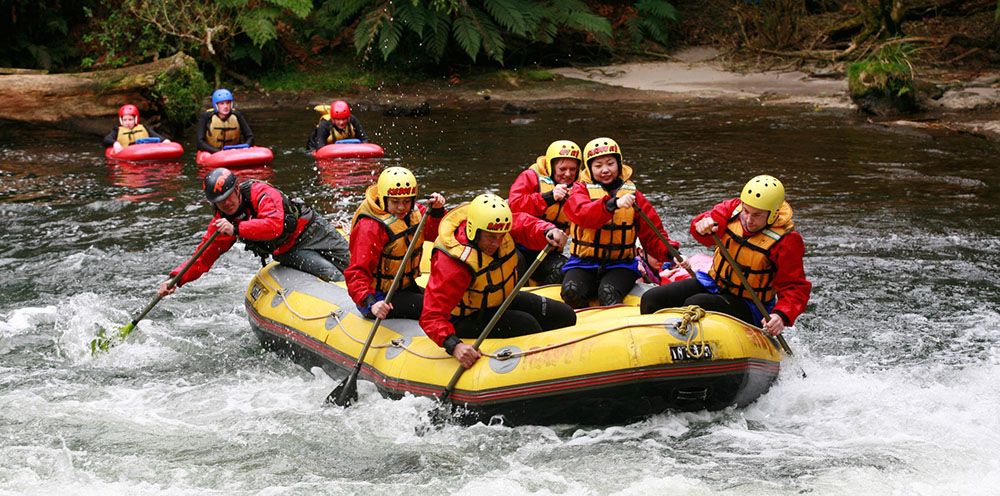
Geothermal Park Wai-O-Tapu
The thermal “wonderland” Wai-O-Tapu, located south of Rotorua at about 20 minutes driving distance, is the most important geothermal attraction in the country. What we found so special about this excellently landscaped park was the enormous diversity of landscapes. In an area of more than 18 square kilometres, you can go on many different walks. These walks lead past bizarre and particularly smelly natural spectacles, ranging from mud baths to geysers and poisonous green or bright orange pools.
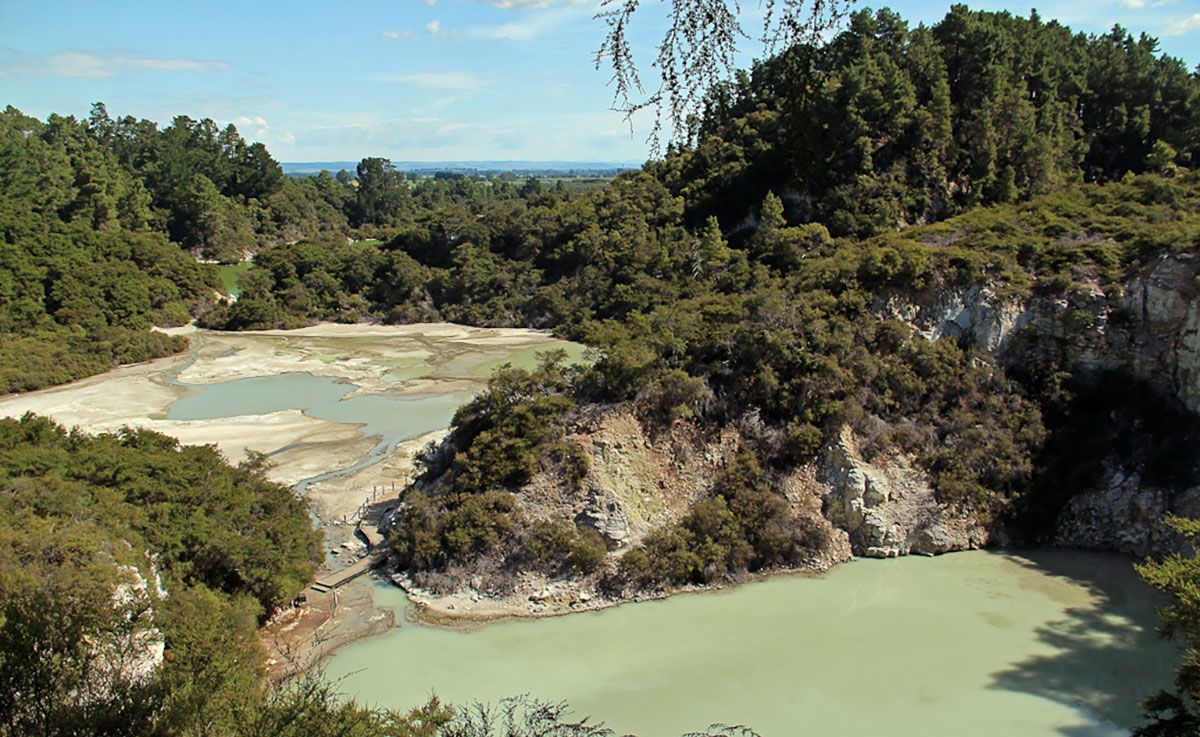
Although most thermal pools have a healing effect, the pools in the park are often too hot and/or poisonous. The many warning signs require you to keep a distance at all times.
If you heed each sign then you can certainly have a good time during the day in the park. As hurried westerners we were done in two hours but definitely found it worthwhile.
Rotorua: Introduction to Maori culture
Rotorua is the heart of the Maori culture. You can experience all aspects of this special culture here. You can visit villages where mainly Maori live, paddle in a beautifully carved wooden canoe on the lake, listen to songs, attend cultural performances, watch tattoos being put on, admire famous buildings, do informative walks, etc.
The Maori village of Mitai
One of the excursions you can book is an evening in the native Maori village of Mitai. You’ll get to see warriors in an authentic ‘waka’ (war canoe). You will also be offered a ‘Hangi’ meal that is prepared in the traditional way in the hot earth. Afterwards, you can enjoy a cultural Maori performance.
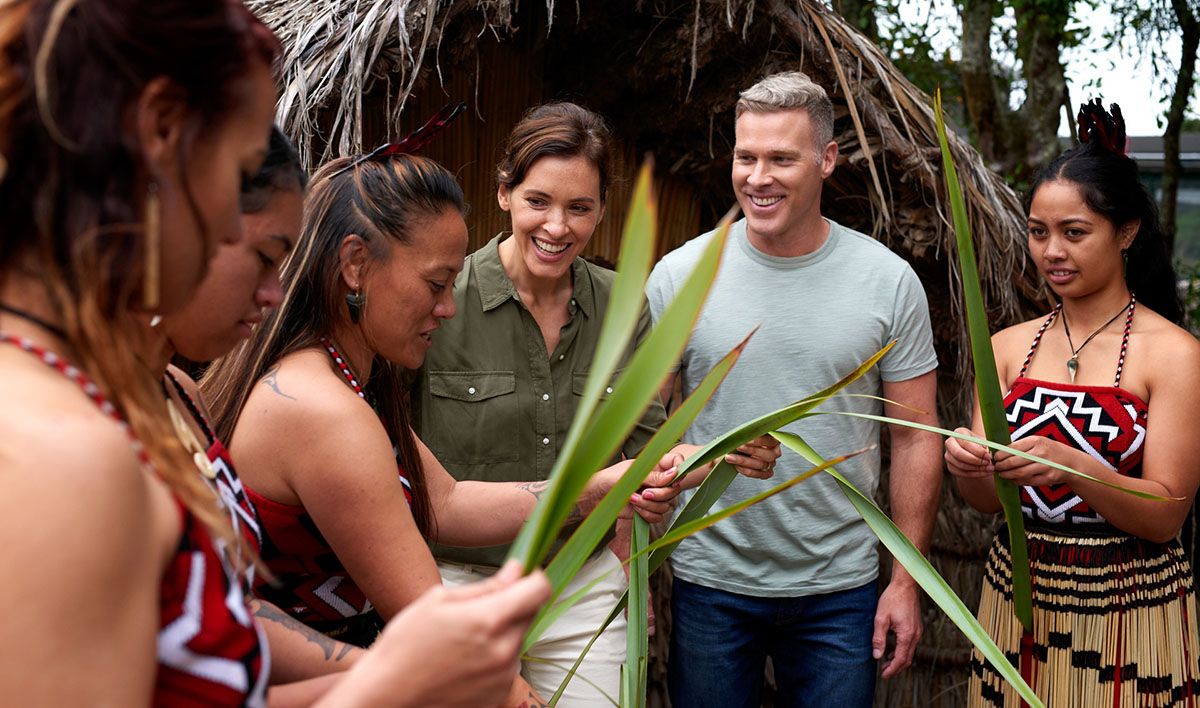
The geothermal valley of Whakarewarewa at Te Puia
Another excursion to take in some Maori culture is to visit the living Maori village of Whakarewarewa at Te Puia. Here you’ll find the iconic Pohutu geyser, the national woodworking school and a small bird sanctuary for kiwis. Definitely worth it!
The town of Rotorua
Rotorua itself is not very special in our experience. However, it is an ideal base for the many activities you can undertake in the immediate vicinity. Or for trips to other places in the region that in our opinion are definitely worth a visit, such as the cosy resort of Mount Maunganui near Tauranga where you can climb the 232-metre-high Mauao.
It is no problem to find good accommodation in the town. Just as importantly: the choice in good restaurants is huge! Every night before dinner we went to the cosy “eat street”, a kind of up-scale food court in the open air. The delicious smells of Indian cuisine, among other things, completely dissipate the sulphur fumes from the surroundings.
